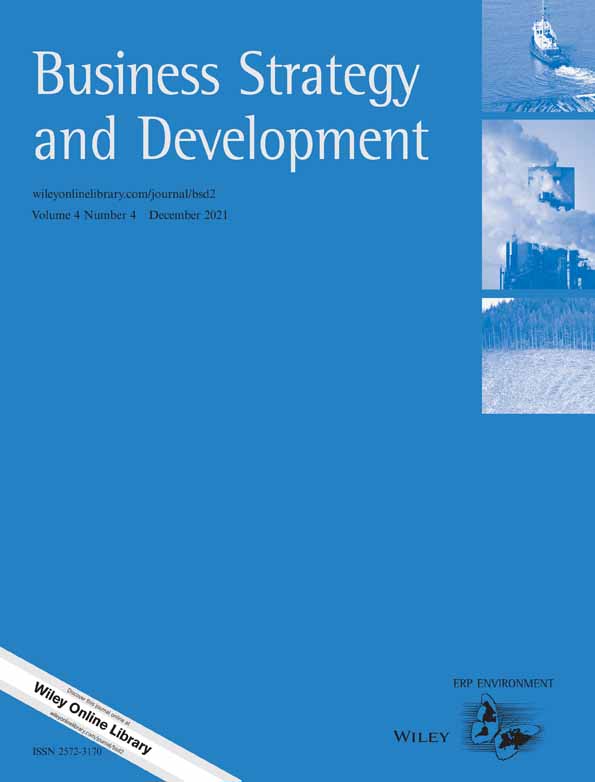There is a general trend of biodiversity loss at global, regional, national and local levels. To monitor this trend, international policy processes have created a wealth of indicators over the last two decades. However, genetic diversity indicators are regrettably absent from comprehensive bio-monitoring schemes. Here, we provide a review and an assessment of the different attempts made to provide such indicators for tree genetic diversity from the global level down to the level of the management unit. So far, no generally accepted indicators have been provided as international standards, nor tested for their possible use in practice. We suggest that indicators for monitoring genetic diversity and dynamics should be based on ecological and demographic surrogates of adaptive diversity as well as genetic markers capable of identifying genetic erosion and gene flow. A comparison of past and present genecological distributions (patterns of genetic variation of key adaptive traits in the ecological space) of selected species is a realistic way of assessing the trend of intra-specific variation, and thus provides a state indicator of tree genetic diversity also able to reflect possible pressures threatening genetic diversity. Revealing benefits of genetic diversity related to ecosystem services is complex, but current trends in plantation performance offer the possibility of an indicator of benefit. Response indicators are generally much easier to define, because recognition and even quantification of, e.g., research, education, breeding, conservation, and regulation actions and programs are relatively straightforward. Only state indicators can reveal genetic patterns and processes, which are fundamental for maintaining genetic diversity. Indirect indicators of pressure, benefit, or response should therefore not be used independently of state indicators. A coherent set of indicators covering diversity–productivity–knowledge–management based on the genecological approach is proposed for application on appropriate groups of tree species in the wild and in cultivation worldwide. These indicators realistically reflect the state, trends and potentials of the world’s tree genetic resources to support sustainable growth. The state of the genetic diversity will be based on trends in population distributions and diversity patterns for selected species. The productivity of the genetic resource of trees in current use will reflect the possible potential of mobilizing the resource further. Trends in knowledge will underpin the potential capacity for development of the resource and current management of the genetic resource itself will reveal how well we are actually doing and where improvements are required.
DOI:
https://doi.org/10.1016/j.foreco.2014.05.002
Altmetric score:
Dimensions Citation Count:
























